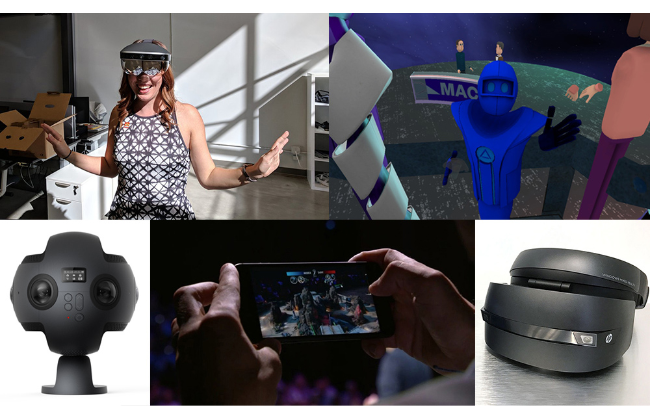
20 Dec Top 5 Virtual and Augmented Reality Announcements of 2017
2017 has been quite a year for augmented and virtual reality technology. Every day we are bombarded with new content releases, hardware announcements, and software updates. So with this many things going on, we wanted to summarize our top 5 picks for the biggest announcements and releases to happen in our industry.
ARKit / ARCore
One of the most exciting progressions in augmented reality technology has been the release of ARKit and ARCorefor Apple and Android operating systems, respectively. These integrations now allow for tracker-less augmented reality on mobile devices, which means no need for a postcard, QR code, or image for a mapped experience. Characters can now be placed directly into environments through an augmented reality-supported app. These characters are tracked using sensors and camera technology that allows the viewer to see them in 3D space and interact with them. It’s an exciting time for mobile AR and both Apple and Google are making great strides in advancing the technology required for amazing at-home experiences.
Windows Mixed Reality Immersive Headsets
Microsoft has taken a big leap this year in releasing their mixed reality platform for headsets from different hardware manufacturers. This release has allowed companies like Dell, HP, Acer, and Samsung to come out with their own versions of a Windows Mixed Reality Immersive Headset. The best part is that the controllers work across all variations of the device, regardless of hardware provider. Microsoft is working towards standardization in the industry, which hopefully continues to spread across even more devices.
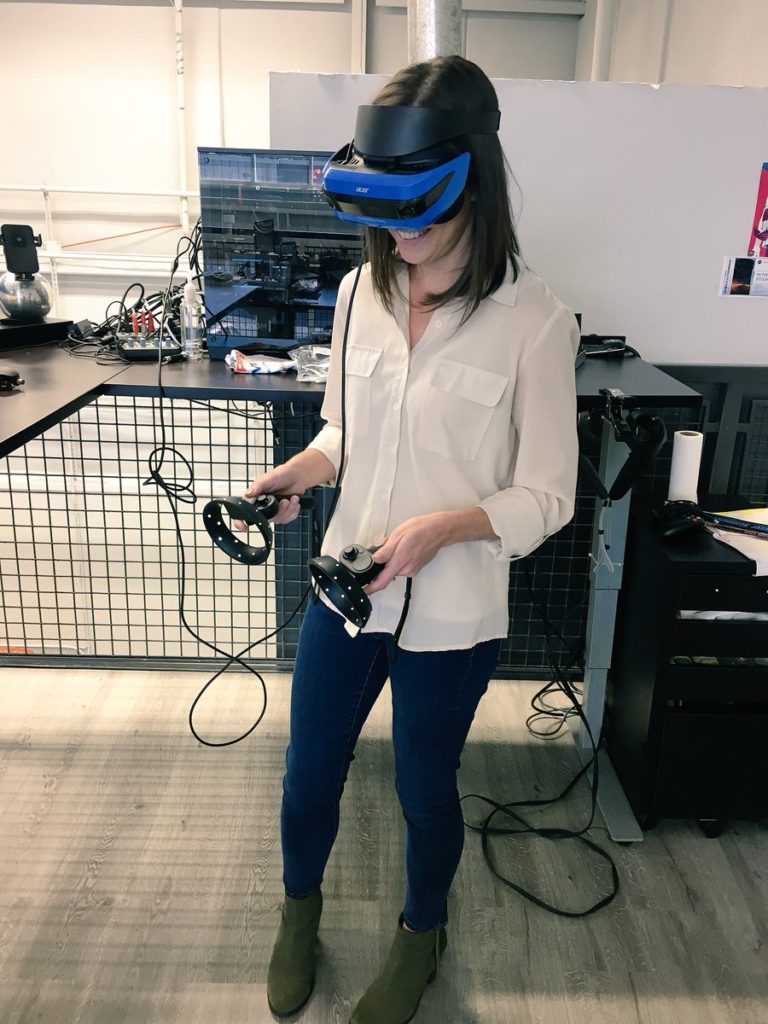
Meta 2
We got our Meta 2 a little later than we had anticipated (we were promised May and it arrived in October). Delays aside, we’ve been quite pleased with its performance. Although it does require a tether to a PC, it is lighter weight than the HoloLens with a much larger field of view. We’ve also noticed that the gestures are more diverse and intuitive which makes for an easier experience, especially with first-time users. We’ll continue to experiment with the Meta 2 throughout 2018 and do a comparison of AR wearables once we get Magic Leap, which was just announced as available to developers in 2018.
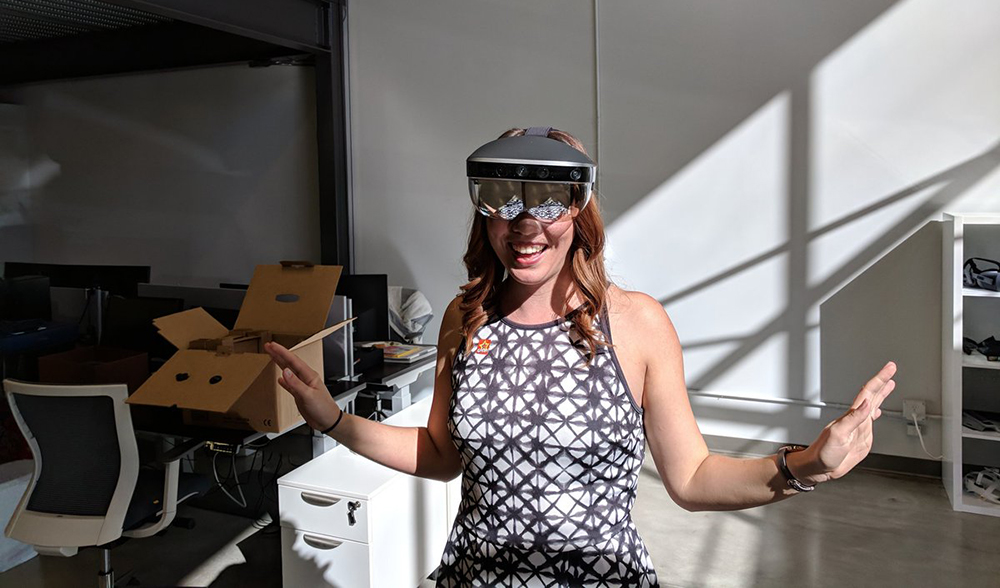
Insta360 Pro
The landscape of 360 cameras has changed quite a bit in 2017. They are getting cheaper, smaller and better – all the things we hoped and dreamed for when we started in this industry. Our stand out camera of the year is the Insta360 Pro. At its current price tag of $3,500, it’s just as affordable to professionals as the “ball of GoPros” that most of us started with and boasts 8K capture for stills and videos. In addition to high-resolution footage, it also films in both 2D and 3D, has built-in microphones and can even live stream. For enthusiasts looking for a slightly less expensive option, check out their Insta360 One, Nano or Air. If 2017 has been any indication, cameras are continuing down the right path to producing even higher quality, better frame rate and smoother capture in 2018.
Social VR/AR
Social VR and AR were a large part of the 2017 landscape and have helped boost adoption rates this year. Social VR pioneer AltspaceVR went through some ups and downs which ultimately led to an acquisition by Microsoft. Facebook released their platform Facebook Spaces which allows Facebook users on the HTC Vive and Oculus Rift interact with each other to share photos, video chat, and hang out all in VR. Snapchat has taken advantage of ARKit and their partnership with Bitmoji to create lenses with 3D personifications of their users in our real-world environments. On the business side, Doghead Simulations launched Rumii, which is a VR conferencing and collaboration tool. If these examples are any indication of what’s to come, the industry has only just scratched the surface.
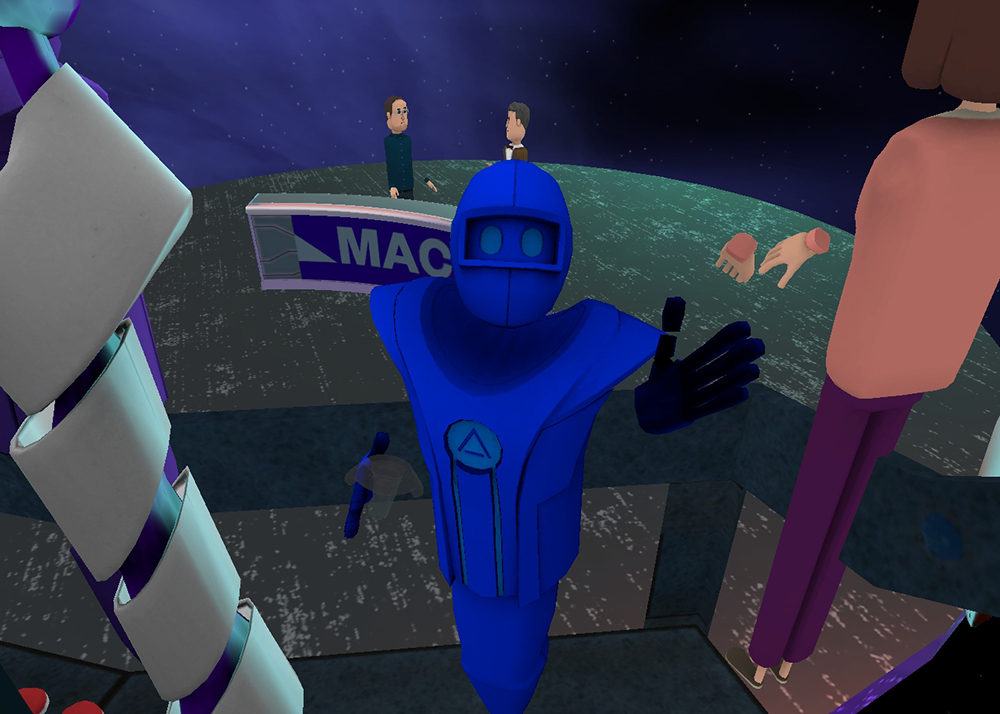
These were our 2017 highlights of the VR/AR landscape. What were yours? Let us know your favorite parts of our industry in 2017 by tweeting us @TheFuturus. Here’s to 2017 – see you next year!

